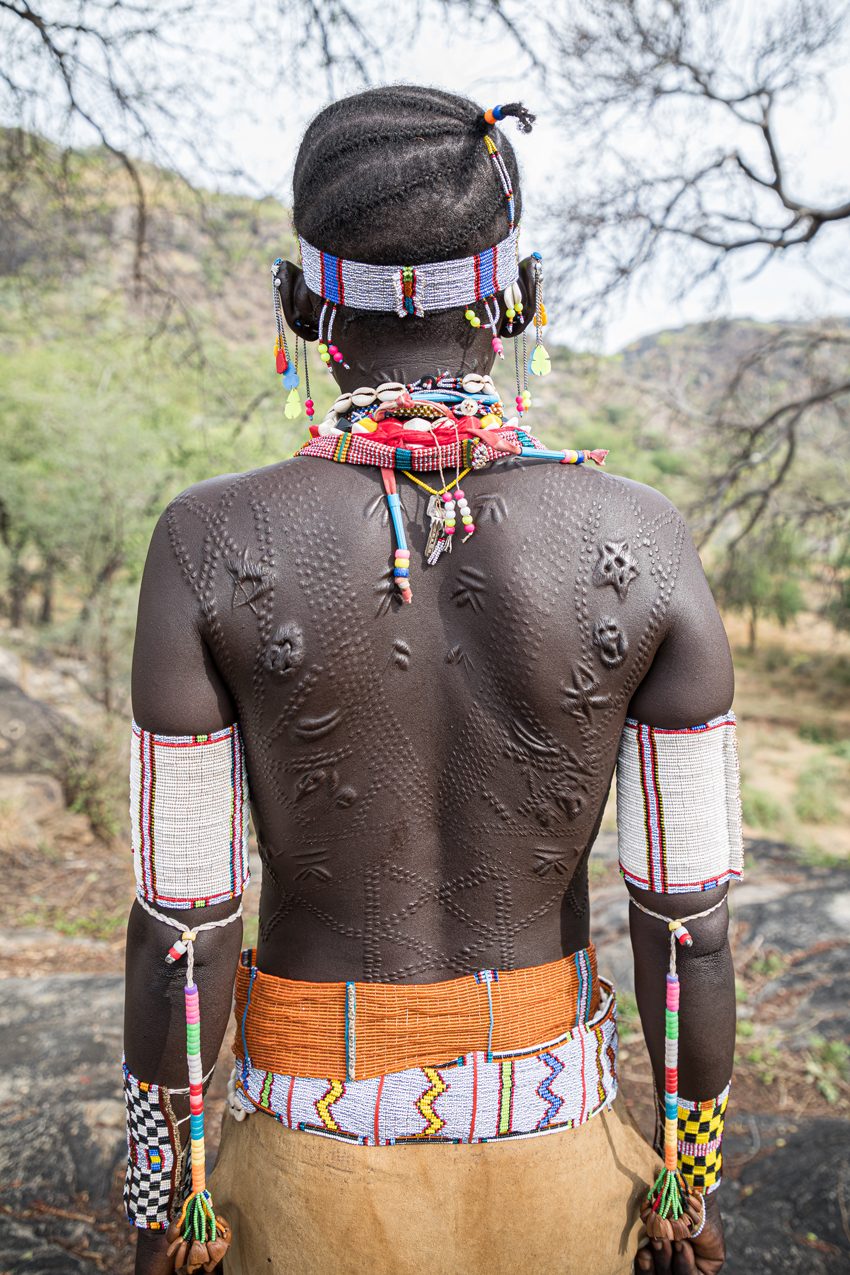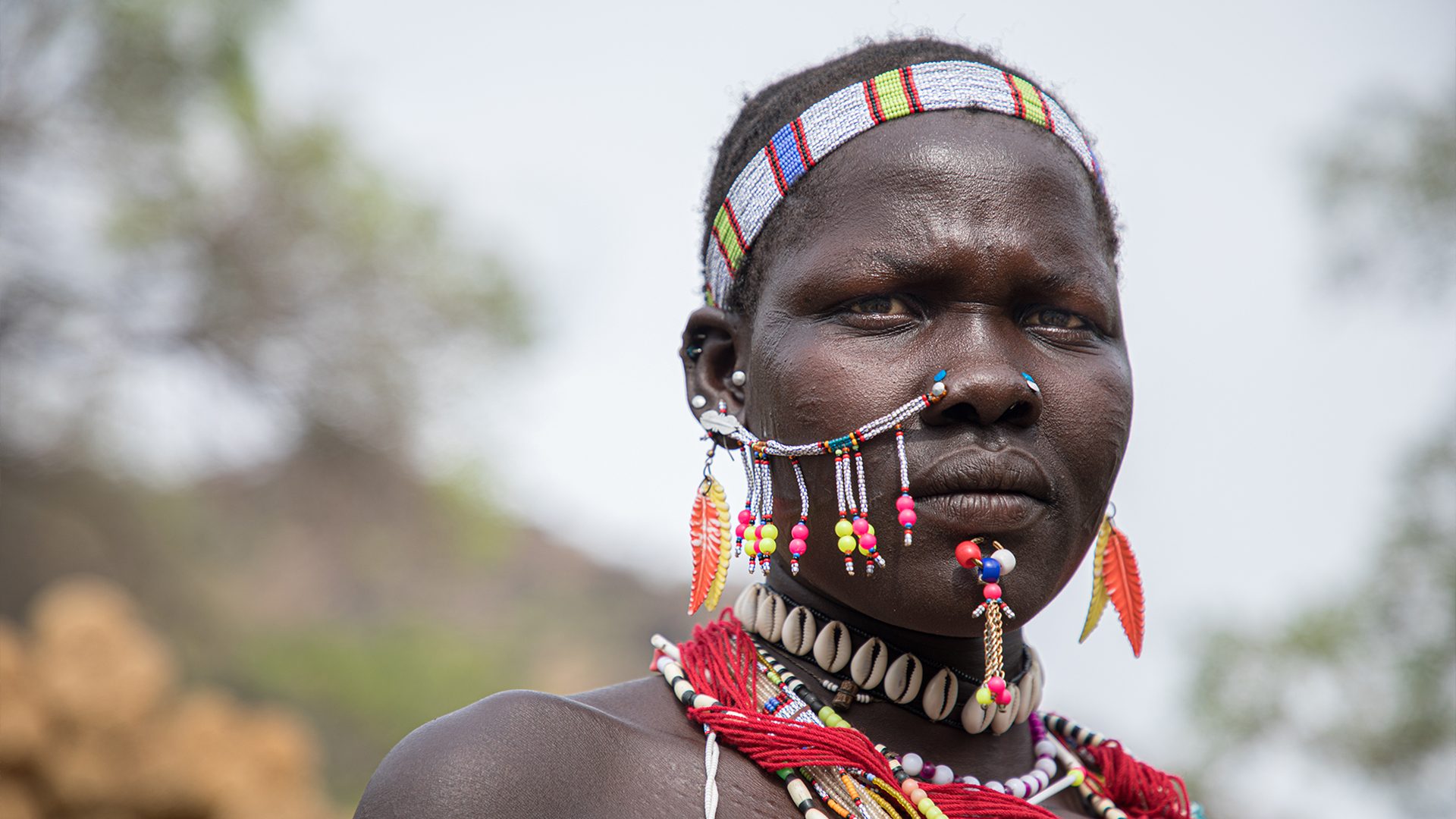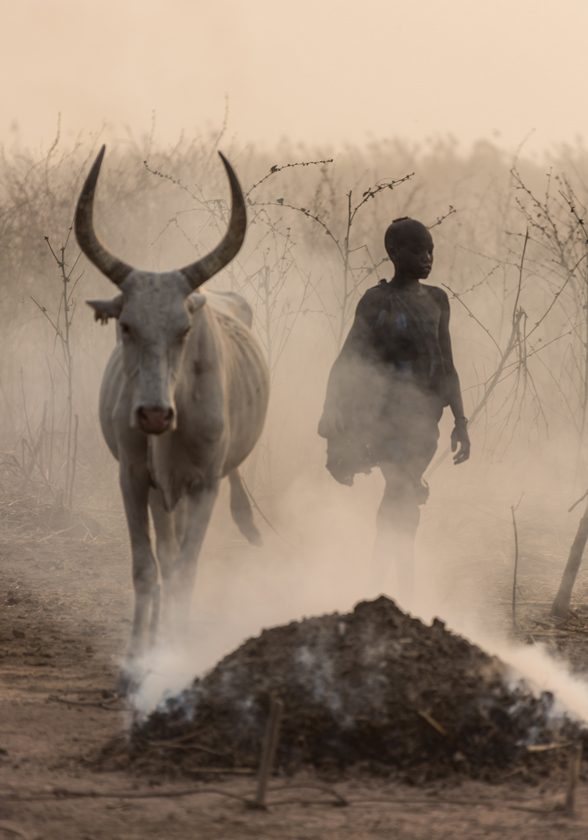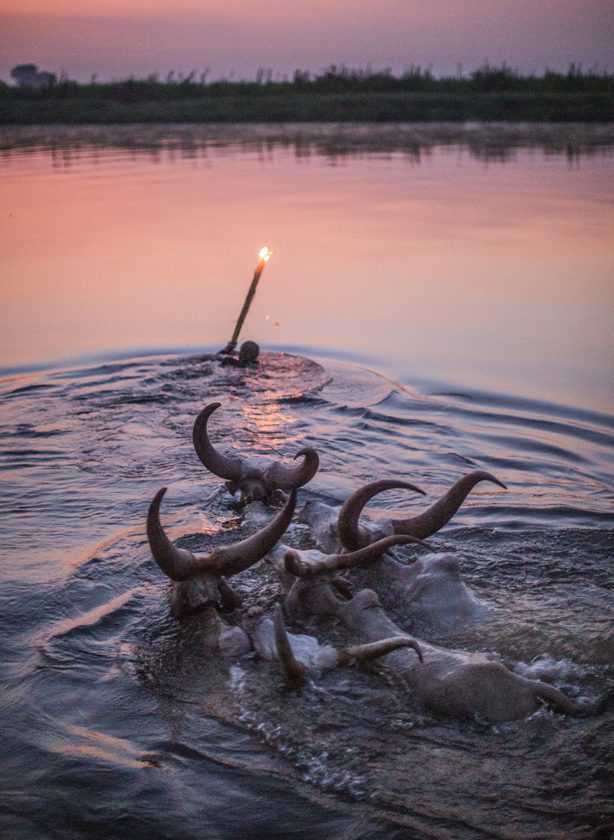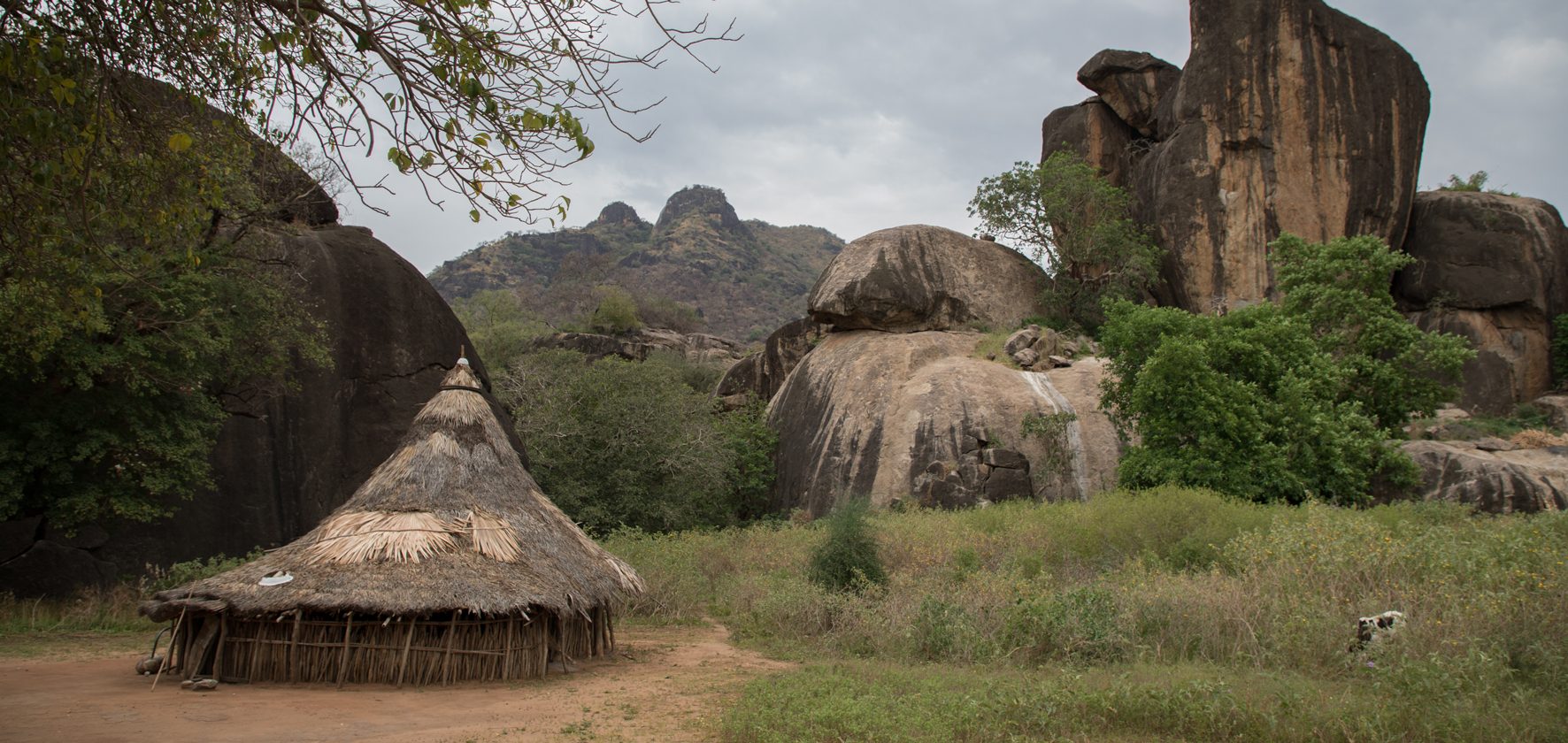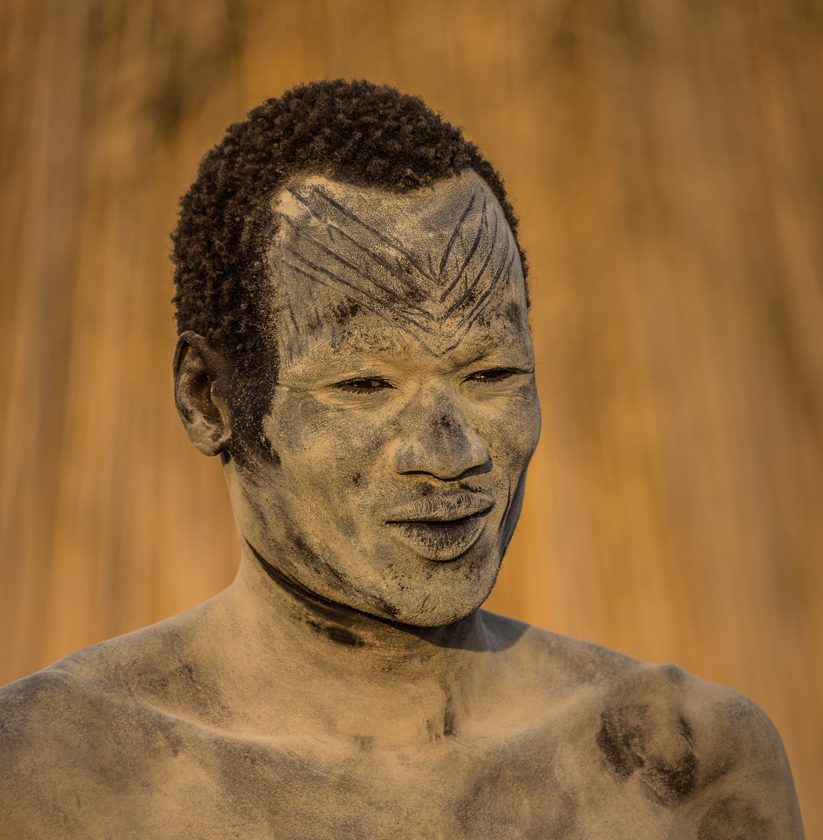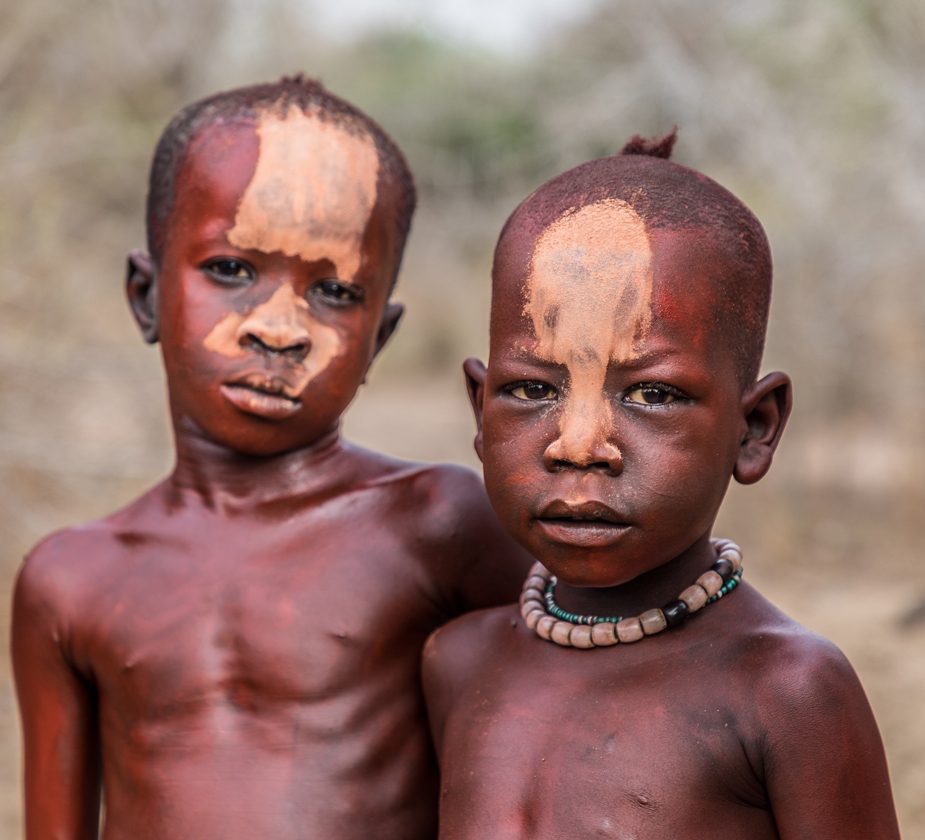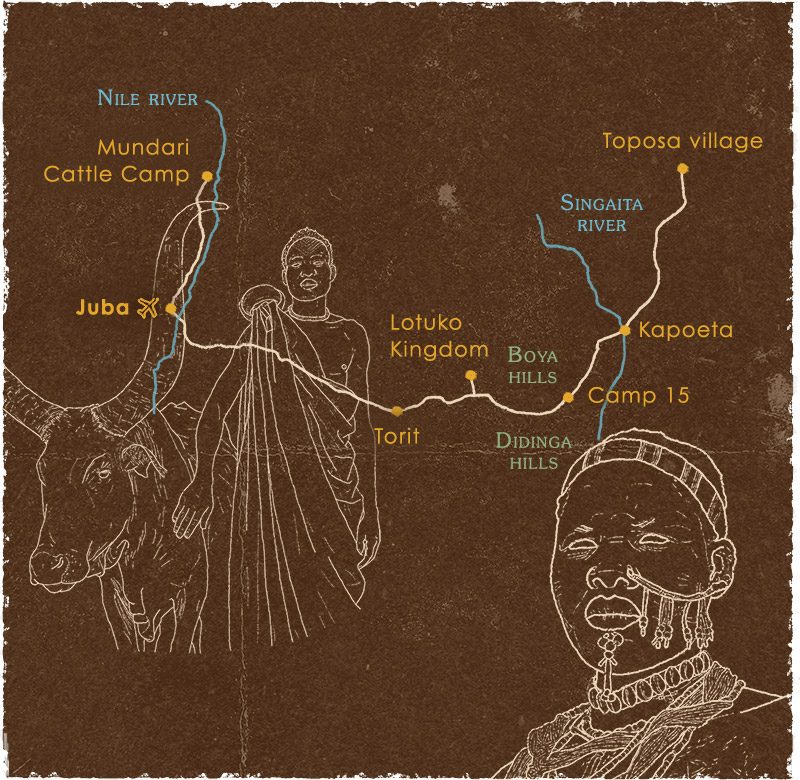Discover the highlights of this ethnographic trip to South Sudan
► Meet the most isolated tribes in South Sudan
Lotuko tribe
The Lotuko tribe still lives on top of the Lafit Hills and retains some of the original tribal culture. Although Italian missionaries arrived in the 1950s, the essence of the culture lives on. Lotuko tribal society is governed by a tandem consisting of a hereditary “rainmaker” queen or king and an age group that changes every 20-30 years.
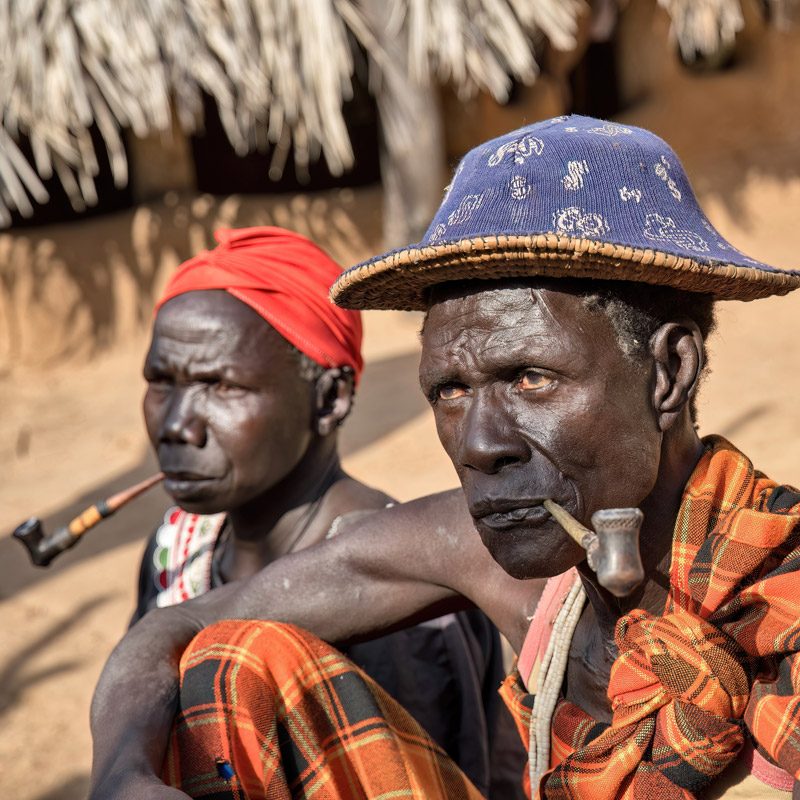
Larim tribe
This ethnic group, which is dedicated to agriculture and livestock, is related to the Murle nation, originally from the area near the border with Ethiopia. Larim women still dress in tribal fashion and scarify their faces and bodies. The Larim people hold a deeper connection to ancient tribal customs.

Toposa tribe
The Toposa are herders, famous in East Africa for the wealth of traditions they keep alive. Body and facial scarifications are still common, both among women and men. Many Toposa women still wear beaded goatskins on a daily basis.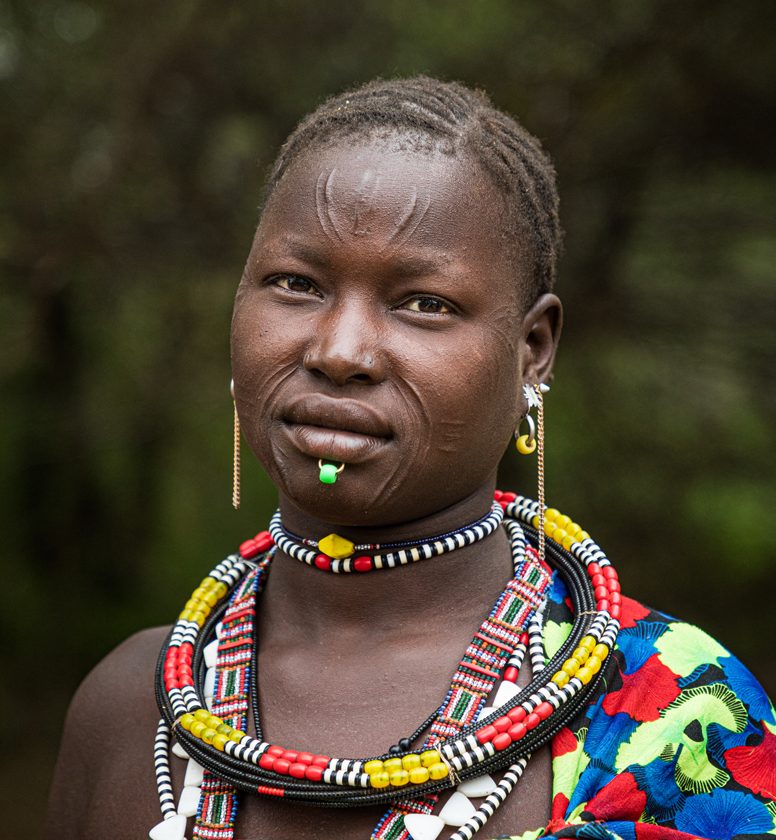
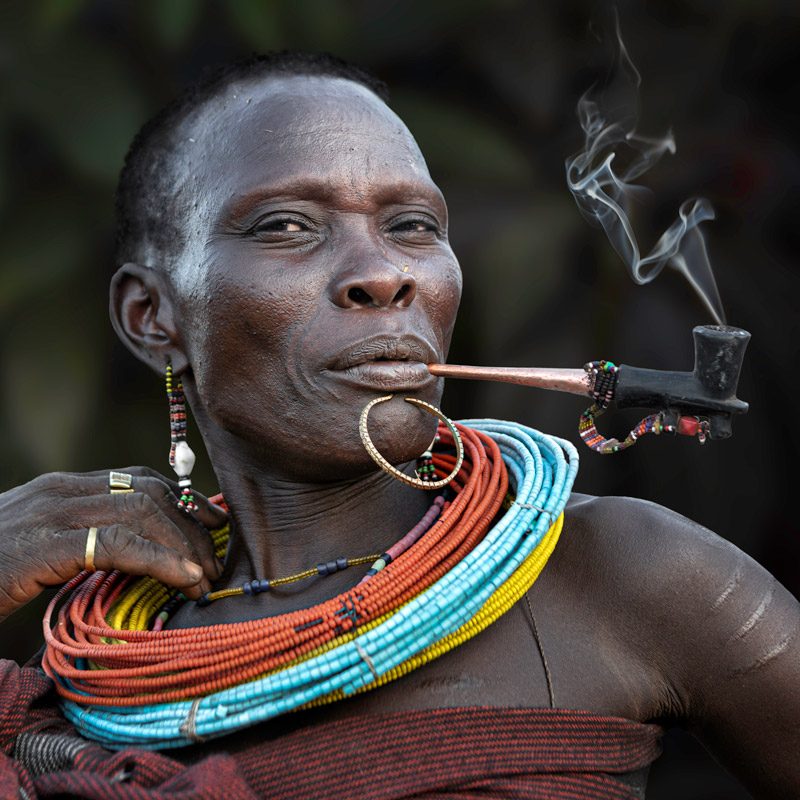
Mundari tribe
Probably, a visit to a Mundari cattle camp will be the ethnographic and aesthetic highlight of our trip to South Sudan. Cattle camps are a learning space. Here young people from 11 to 30 years old learn about life. For the Mundari, cows are considered intermediaries between people and spirits.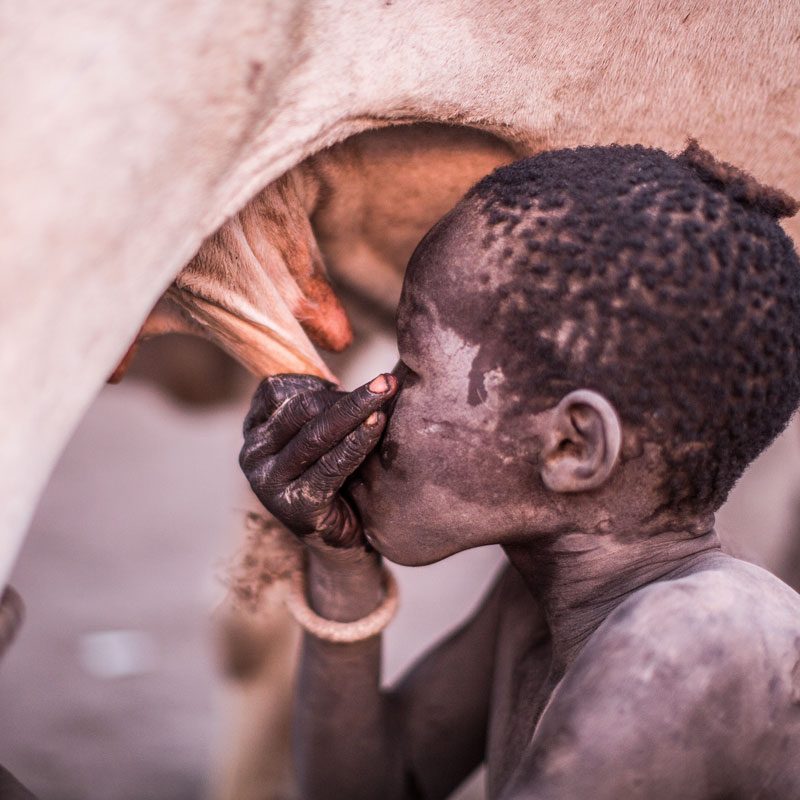
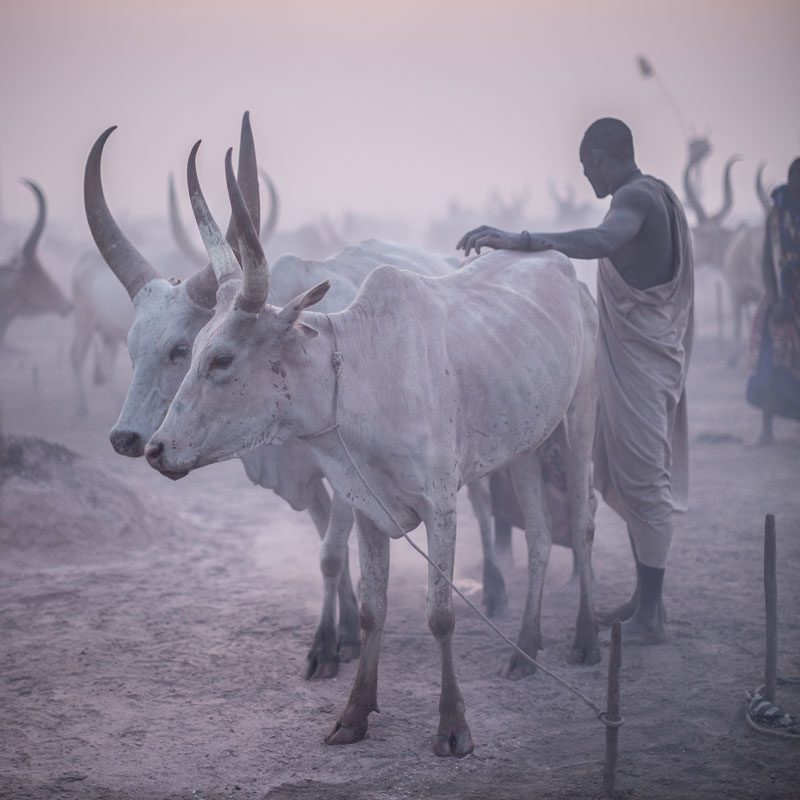
Other ethnic groups
Throughout this ethnographic trip to South Sudan, it is likely that we will meet people from other ethnic groups such as the Dinka or the Didinga.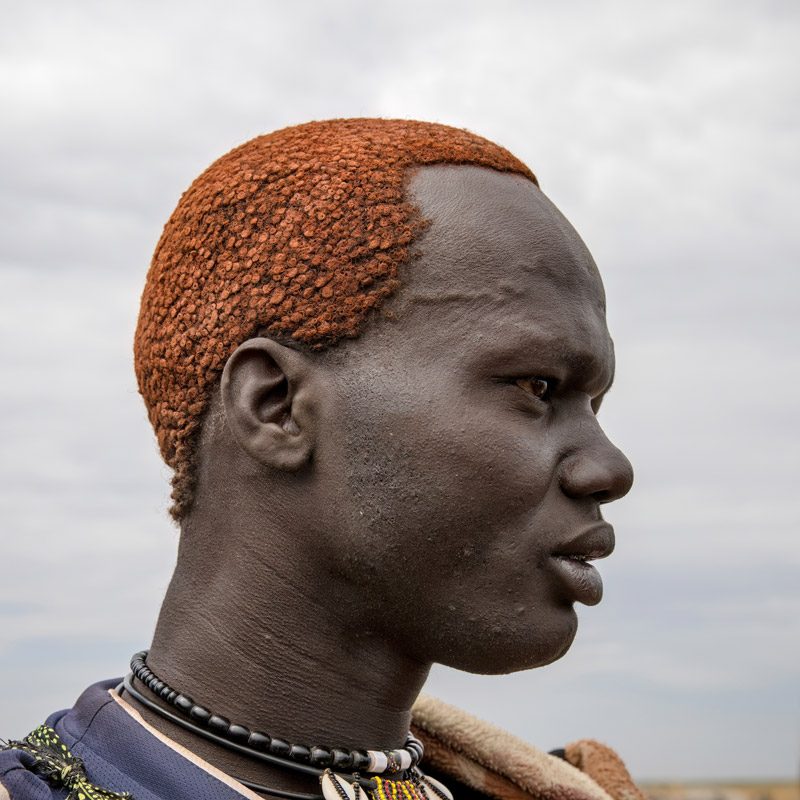
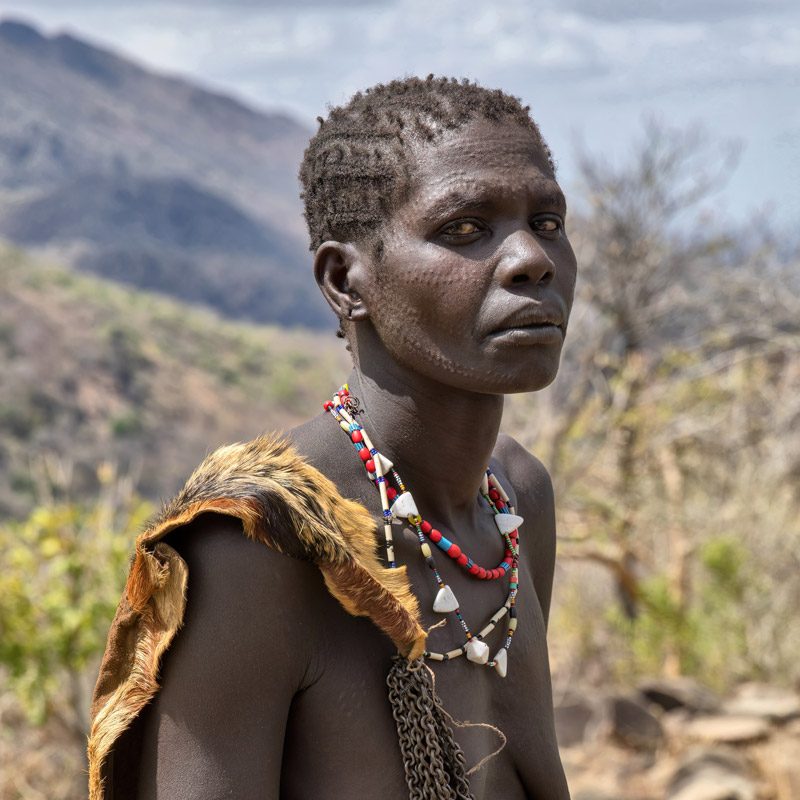
► We will admire very lively vernacular architecture
South Sudan is home to some of the best examples of vernacular architecture in Africa. Tribal vernacular architecture, unlike the rest of the African continent, continues to thrive. This is due to the fact that most tribes still live far from the globalizing currents and economic changes that have affected most African societies.
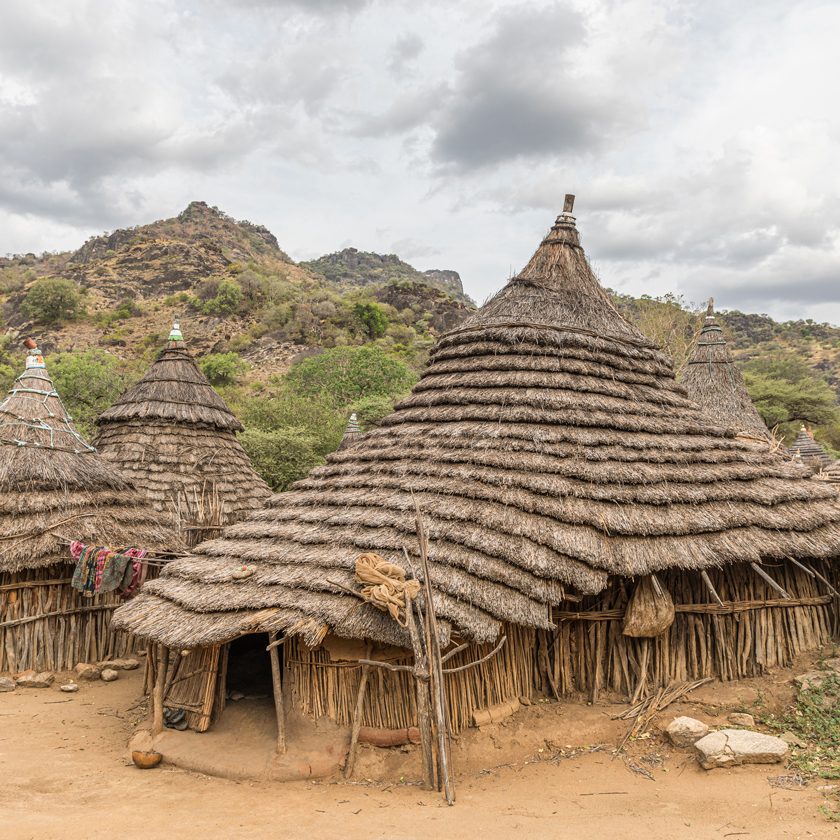

© Photos by Jordi Zaragozà, Aníbal Bueno and Ana Robles
► Download the detailed itinerary
Click on the button below to easily reach the form to download the itinerary for this trip to South Sudan.
